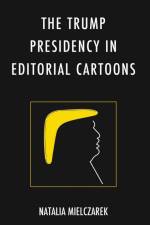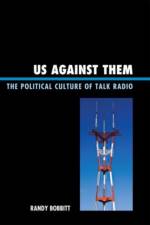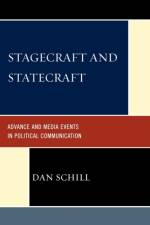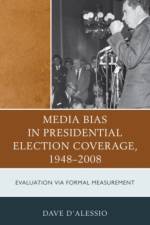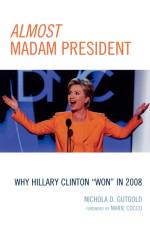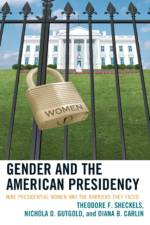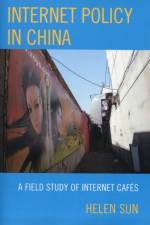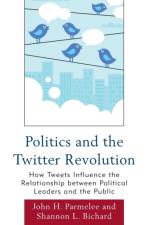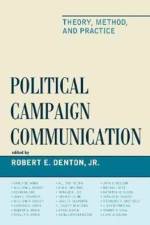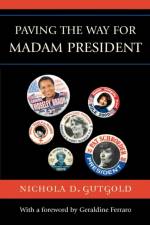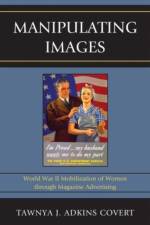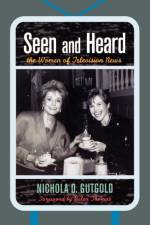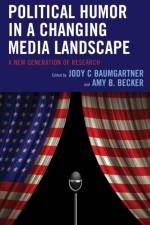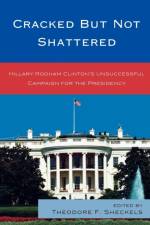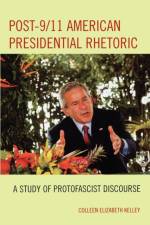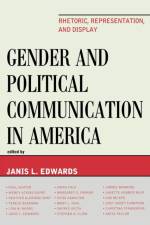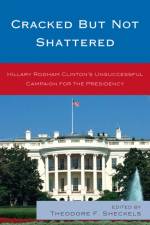- Nine Presidential Women and the Barriers They Faced
av Diana B. Carlin, Nichola D. Gutgold & Theodore F. Sheckels
607
In Gender and the American Presidency: Nine Presidential Women and the Barriers They Faced, Theodore F. Sheckels, Nichola D. Gutgold, and Diana Bartelli Carlin invite the audience to consider women qualified enough to be president and explores reasons why they have been dismissed as presidential contenders. This analysis profiles key presidential contenders including Barbara Mikulski, Nancy Pelosi, Nancy Kassebaum, Kathleen Sebelius, Christine Gregoire, Linda Lingle, Elizabeth Dole, Dianne Feinstein, and Olympia Snowe. Gender barriers, media coverage, communication style, geography, and other factors are examined to determine why these seemingly qualified, powerful politicos failed to win the White House.

